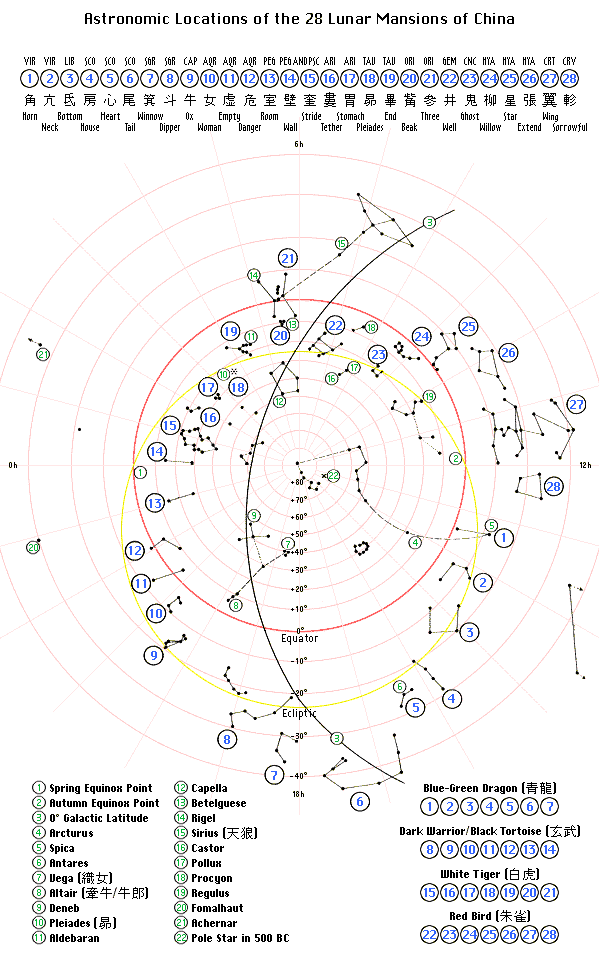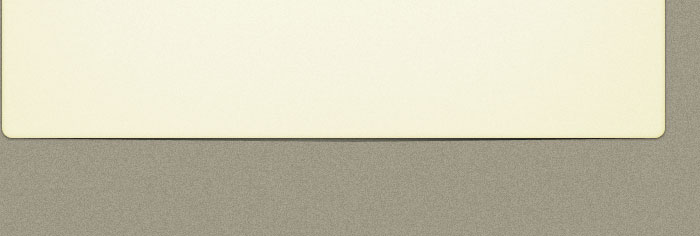The first reference to the compass in the West was 1834. In ancient China a fish-shaped devise floated in water pointing south from as early as 1088. Not for use in navigation or science, but for imperial divination of the ancient art of feng shui.
“Feng Shui” means wind and water. The study of invisible magnetic lines and a balance of yin and yang, rather than the forces themselves. An ancient Chinese concept that Heaven and Earth should be in harmony if ones fortunes are to prosper. The relationship between people, objects, and space - means that when chi flows easily through a dwelling, the occupants will be positive with an easy passage through life.
To protect a dwelling from harmful influences and to maximize the flow of ch’i, a feng shui practitioner calculates its position in relation to these energies and the surroundings. Like mountains, rivers, and other buildings. These forms and everyday forces are considered the most inflectional - but astrological elements and yin and yang as suggested in the almost-three-thousand-year-old “Book of Changes” are also taken into account
The usual method of doing this is with the “Lo P’an”, a feng shui compass. Traditionally this instrument has a red square base representing earth and allowing it to be aligned against buildings. From length and breath are two red threads acting as cursors exactly crossing the center. Representing heaven are at least twenty inner dials surrounding a center compass. Each dial is segregated into divisions. These complex partitions all represent something. From earthly elements - to traditional and mythological Chinese mountains, dragons, seasons, lunar and astrological positions.
This Lo Pan contains 19 parts (compare the 19x19 Wei-Qi board).
Beginning at the center, they are:
1. a compass needle in the Central Pool of Heaven;
2. the 8 Trigrams in Correct Needle alignment and Later Heaven sequence (in the above image of the Lo Pan, the South-pointing compass needle points to the South Trigram of the Earlier Heaven Sequence, which is the Northwest Intercardinal Point of the Later Heaven sequence) (compare the Clifford sequence of the 8 Trigrams);
3. 24 sectors in Correct Needle alignment, containing the 9 Moving Stars, which are the 7 Stars of the Big Dipper plus 2 Assistants, which are near Mizar, the middle of the 3 handle stars. Mizar is about 88 light years away, with magnitude 2.27. Alcor, the first Assistant, and the 8th of the 9 Moving Stars, with magnitude 4.03, appears from Earth to be only 11 minutes 48 seconds away from Mizar so that it is hard to see them as separate stars without excellent eyesight or a telescope. Alcor and Mizar are both members of the Ursa Major group, and share the proper motion of the group. They are separated by at least a quarter of a light year.
Mizar is a visual binary star. The binary star pair, called Mizar A (magnitude 2.27) and Mizar B (magnitude 3.95), orbit each other. Mizar B is the second Assistant, and the 9th of the 9 Moving Stars.
Mizar (Mizar A and Mizar B) was the first visual binary system to be resolved by Europeans using telescopes, by Riccioli in 1650.
However, the resolution of Mizar A and the 9th Moving Star, Mizar B, may have been known to the Chinese much earlier. As Needham says (vol 4, pages 113 and 114): "... In sum, therefore, we may be justified in concluding that in the +1st century, and probably as far back as the -3rd century, biconvex lenses of glass could be artificially made. ... About +520 envoys of Fu-Sang are said to have arrived in China, bringing with them a precious stone suitable for observation of the sun of the size of a mirror, measuring over a foot in circumference, and as transparent as glass; looking through it in bright sunlight, the palace buildings could be very clearly distinguished. ..." Needham indicates that the location of the land of Fu-Sang is not known, and it is not even known whether the "palace buildings" referred to buildings on Earth, or to astronomical phenomena such as sunspots.
Both Mizar A and Mizar B are spectroscopic binary stars, and Mizar B has been shown astrometrically to be a triple star (compare the astrometric binary star Sirius), so that Mizar is a 5-star system. As Alcor is a spectroscopic binary star, the Mizar-Alcor asterism is a 7-star system at the middle of the handle of the 7-star Big Dipper.
4. 48 sectors in Correct Needle alignment;
5. 24 sectors, the Correct Needle Earth Plate Circle, containing the 4 characters of the 4 Trigrams of the Later Heaven Intercardinal Points, 8 of the 10 Heavenly Stems, and the 12 Earthly Branches;
6. 48 sectors in Correct Needle alignment;
7. 72 sectors in Correct Needle alignment, 60 of them containing the Stem-Branch Cycle of 60 = 5x12;
8. 120 sectors in Correct Needle alignment, 48 of them containing 4x12 = 48 Stem-Branch pairs;
9. 24 sectors, the Central Needle Man (Inner Heaven) Plate Circle, containing the 4 characters of the 4 Trigrams of the Later Heaven Intercardinal Points, 8 of the 10 Heavenly Stems, and the 12 Earthly Branches, shifted 7.5 degrees East of South from the Correct Needle Earth Plate Circle;
10. 120 sectors in Central Needle alignment, 48 of them containing 4x12 = 48 Stem-Branch pairs;
11. 60 sectors in the 5 Element alignment, containing the Stem-Branch Cycle of 60 = 5x12 in the same order as Circle 17;
12. 60 sectors in the 5 Element alignment;
13. 24 sectors in Seam Needle alignment;
14. 24 sectors in Seam Needle alignment;
15. 24 sectors, the Seam Needle Outer Heaven Plate Circle, containing the 4 characters of the 4 Trigrams of the Later Heaven Intercardinal Points, 8 of the 10 Heavenly Stems, and the 12 Earthly Branches, shifted 7.5 degrees West of South from the Correct Needle Earth Plate Circle;
16. 120 sectors in Seam Needle alignment, 48 of them containing 4x12 = 48 Stem-Branch pairs;
17. 60 sectors in the 5 Element alignment, containing the Stem-Branch Cycle of 60 = 5x12 in the same order as Circle 12;
18. 60 sectors constituting the 5 Element alignment, 58 of them containing the 5 Elements;
19. 28 Hsiu, covering 365.25 du (Chinese degrees),
as shown above in a chart prepared by David B. Kelley
(compare the representation of the stars by the Giza pyramids):
Eastern Palace - total of 75 du more or less:
1. Chio, Horn, includes Spica, Arcturus,
and the handle of the Big Dipper, 12 du plus;
in ESE Trigram and Correct and Seam Needle Keng;
2. Khang, Neck, 9 du plus;
3. Ti, Base or Foundation, 16 du minus;
4. Fang, Room, 5 du;
5. Hsin, Heart, includes Antares, 6 du;
6. Wei, Tail, 18 du;
7. Chi, Winnowing-Basket,
includes part of Center of Milky Way, 9 du exact;
(Wei and Chi together correspond to the game Wei-Qi.)
Northern Palace - total of 92 du more or less:
8. Nan Tou, Southern Dipper,
includes part of Center of Milky Way, 22 du plus;
9. Chhien Niu, Cowboy, includes Altair, Northern Milky Way,
and Chih Nuu, Vega, Weaving Girl, 7 du,
10. Hsu Nuu, Servant Girl, 11 du;
11. Hsu, Void, includes Sal-al-sud, 9 du minus;
12. Wei, Rooftop or Danger, 16 du;
13. Shih, House, 18 du minus;
14. Pi, Eastern Wall, 9 du;
Western Palace - total of 81 du more or less:
15. Khuei, Stride, including M31, 18 du;
16. Lou, Mound, 12 du plus;
17. Wei, Stomach, 15 du minus;
18. Mao, Pleiades, 11 du;
19. Pi, Net or Hyades, 16 du exactly;
20. Tsui, Turtle, (extent not stated);
21. Shen, Orion, including Rim of Milky Way, 9 du;
Southern Palace - total of 104 du more or less:
22. Ching, Eastern Well, including Rim of Milky Way,
30 du minus;
23. Kuei, Ghost and Ghost-Carriage, including Praesepe,
(extent not stated);
24. Liu, Willow, 13 du exact;
25. Hsing, Seven Stars, includes Niao, Alfard, Bird Star,
6 du;
26. Chang, Net, 17 du plus;
27. I, Wings, 20 du minus;
28. Chen, Chariot, 18 du plus.
The total stated extent of all Four Palaces is 352 du,
but no extent is stated for Hsiu 20 and 23,
and some Hsiu are stated to be more (plus) or less (minus),
so it is reasonable to say that
the total du is probably the traditional value of 365.25 du.
Here is a comparison of
the extent in du, Chinese degrees, according to the Lo Pan
with
the extent according to the Huai Nan Tzu:
Lo Pan Huai Nan Tzu
1. 12 + 12
2. 9 + 9
3. 16 - 15
4. 5 5
5. 6 5
6. 18 18
7. 9 11.25
8. 22 + 26
9. 7 8
10. 11 12
11. 9 - 10
12. 16 17
13. 18 - 16
14. 9 9
15. 18 16
16. 12 + 12
17. 15 - 14
18. 11 11
19. 16 16
20. (extent not stated) 2
21. 9 9
22. 30 - 33
23. (extent not stated) 4
24. 13 15
25. 6 7
26. 17 + 18
27. 20 - 18
28. 18 + 17
East 75 +/- 75.25
North 92 +/- 98
West 81 +/- 80
South 104 +/- 112
Total 352 +/- 365.25






